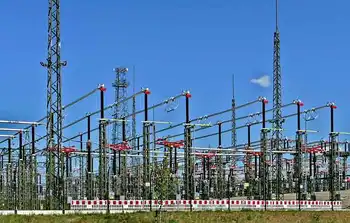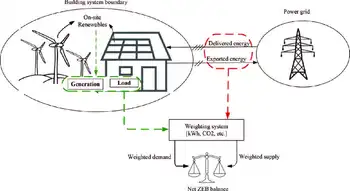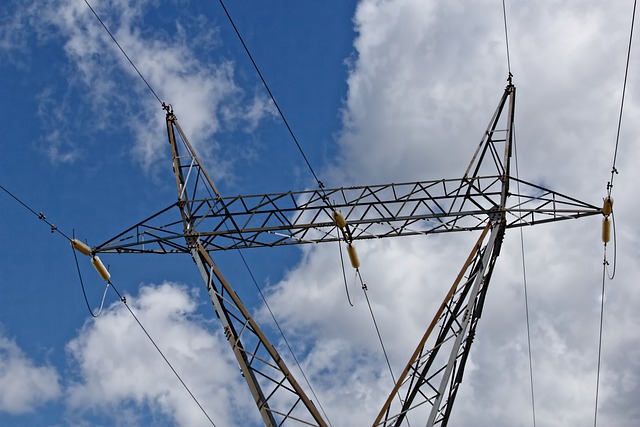Manhattan's Largest Building Integrated Solar Power System Completed
NEW YORK, NEW YORK - Manhattan's largest functioning Building Integrated Photovoltaic (BIPV) power system recently began harvesting energy from the sun thanks to Magnetek solar inverter technology.
Located at the southern tip of Manhattan Island, the Whitehall Ferry Terminal has been New York City's terminus to and from the Staten Island Ferry for a century. Originally built in 1907, Whitehall Terminal has now moved into the Solar Era. When a fire damaged its south-facing roof canopy in 1991, Whitehall's owners (the NYC Economic Development Authority and the Port Authority of NY/NJ) planned to cover its rebuilt facade and canopy with clear glass solar panels that would not only let in sunlight but also generate electricity for the terminal.
Postponed due to the events of September 11, 2001, Whitehall Terminal's solar system installation had to be scaled back from 50 to 40 kilowatts for budgetary reasons. But the power downgrade was overcome by a technology upgrade. According to Atlantis Energy Systems, Inc., the firm that custom-designed and manufactured the 288 solar electric glass panels for the Whitehall Terminal installation, changing to Magnetek Aurora power inverters allowed the whole BIPV system to begin working as originally planned.
What convinced Atlantis to switch to Magnetek solar inverters was Aurora's patented Maximum Power Point Tracking (MPPT) technology and exceptionally wide input voltage range, which allow more energy to be gleaned from PV panels arrayed at different angles under varying light conditions. Combined with their power-conversion efficiency and industry-leading input operating window of 90 to 530 volts, Aurora's ability to optimize two solar arrays provides exceptional system design flexibility.
Related News

UK National Grid Commissions 2GW Substation
LONDON - The United Kingdom has strengthened its national power grid with the commissioning of a major new 2-gigawatt capacity substation in Kent. This massive project, a key part of the National Grid's ongoing efforts to modernize and expand power transmission infrastructure, will play a critical role in supporting the UK's energy transition and growing electricity demands.
What is a Substation?
Substations are vital components of electricity grids. They serve as connection points, transforming high voltage electricity from power plants to lower voltages suitable for homes and businesses. They also help to regulate voltage levels, ensuring stable electricity…




